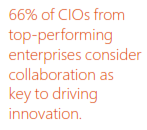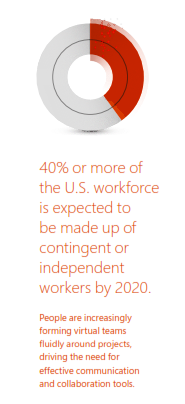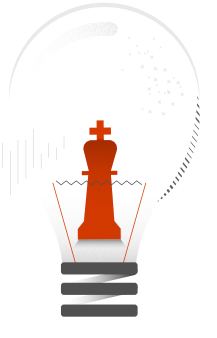Jack Welch, former chairman and CEO of General Electric, put it best: “If the rate of change on the outside exceeds the rate of change on the inside, the end is near.”
With winning and losing at stake, innovation is one off the primary drivers of growth and profitability in business today, sitting at the top of many executive agendas. Why? Most companies recognize that efficiency, cost-cutting, and world-class operational performance alone doesn’t differentiate them from the competitors in the eyes of customers. They don’t provide a competitive advantage in today’s challenging global markets, either. The fact is, customers and business alike reward innovation. Plus businesses that fail to innovate run the risk of losing ground to competitors, losing key talent or simply operating inefficiently.
– McKinsey & Company, 201. ” The social economy unlocking value an productivity through social technologies

There is no “I” in team. Winning is team effort.
Innovation is rarely the product of solitary thinkers. Instead, it is highly dependent on corporate culture and the people involved.
Whether you are launching new products and services or adapting new business strategies, innovation emerges from the interactions of members of a team, community, or ecosystem, who extend and build on the another’s ideas. Innovation is powered by high-performing and often virtual teams that collaborate effortlessly and effectively.
Unfortunately, geographic, functional, and information silos continue to persist through the enterprise, making it hard for knowledge works to collaborate – both internally and externally. To tea down organisational silos that have traditionally blocked innovation and its execution, you must start with the daily connections that your employees and teams require to work better together. Modern collaboration enables your cross-geography and cross departmental teams to work better together and in a secured environment with trusted partners and invested customers. When teams can communicate better, conduct more effective virtual meetings, share files more securely, crowd source new ideas, and problem solve issues faster, your organization can widen the ideation pipeline, identify the right ideas, and accelerate higher quality products an services to market.

